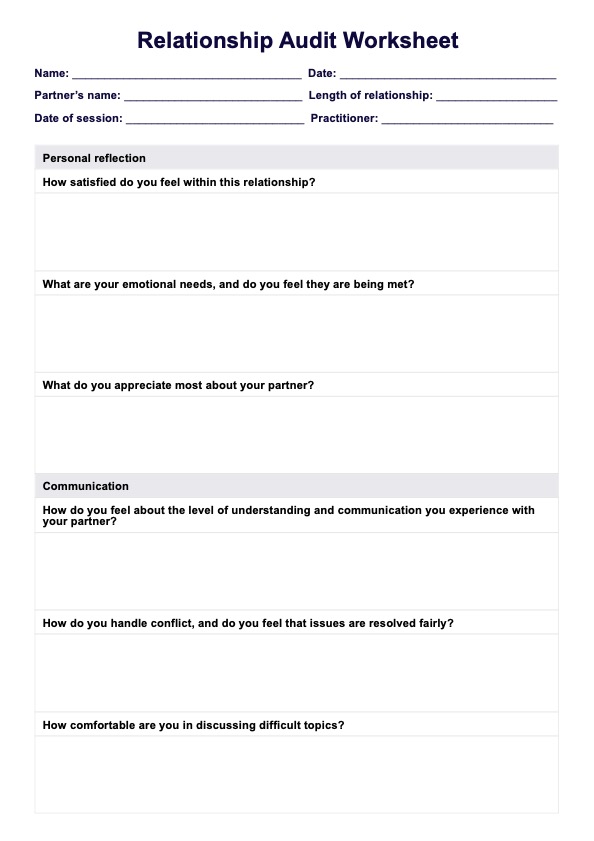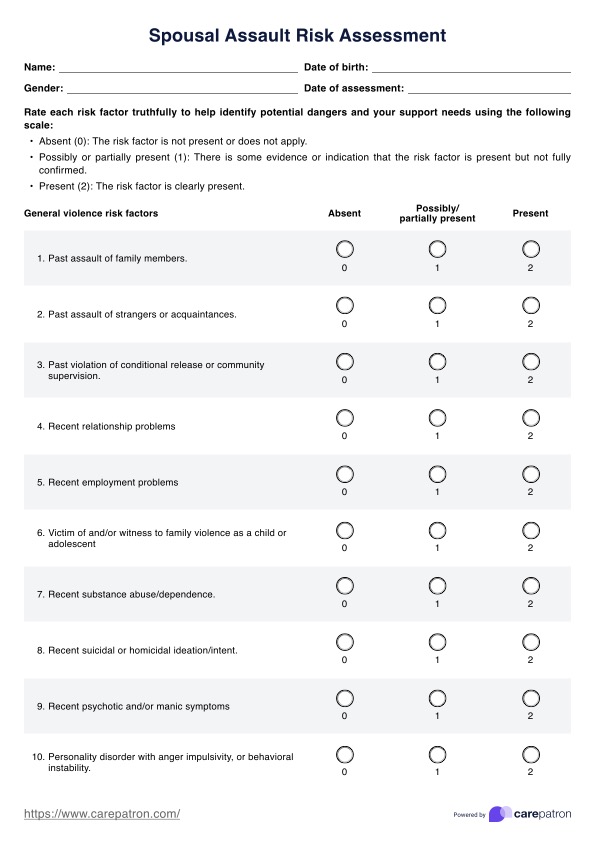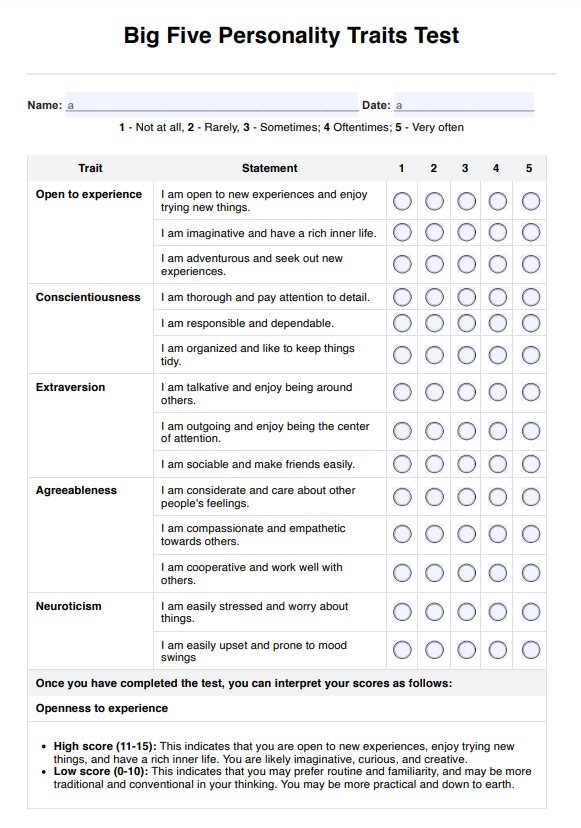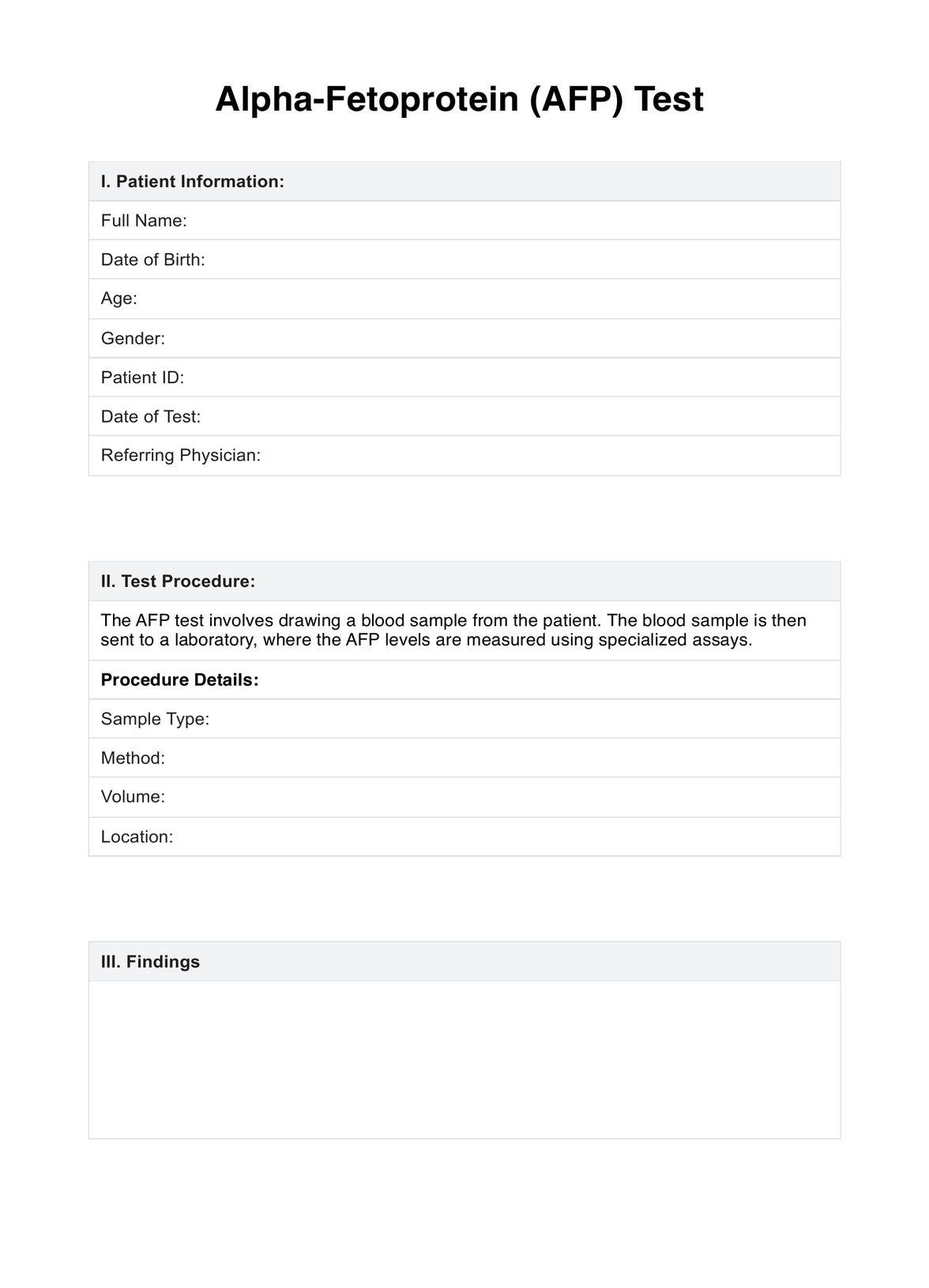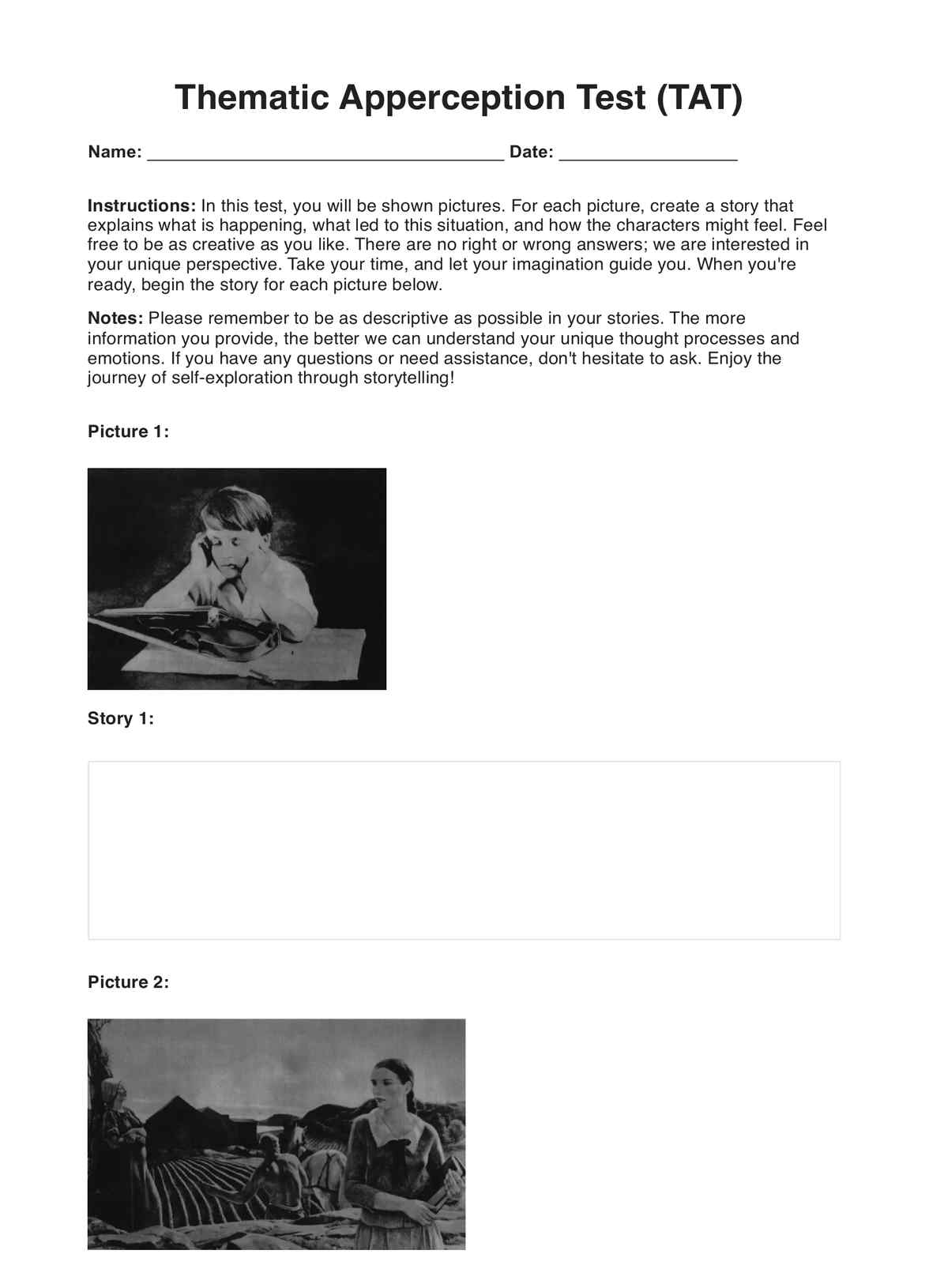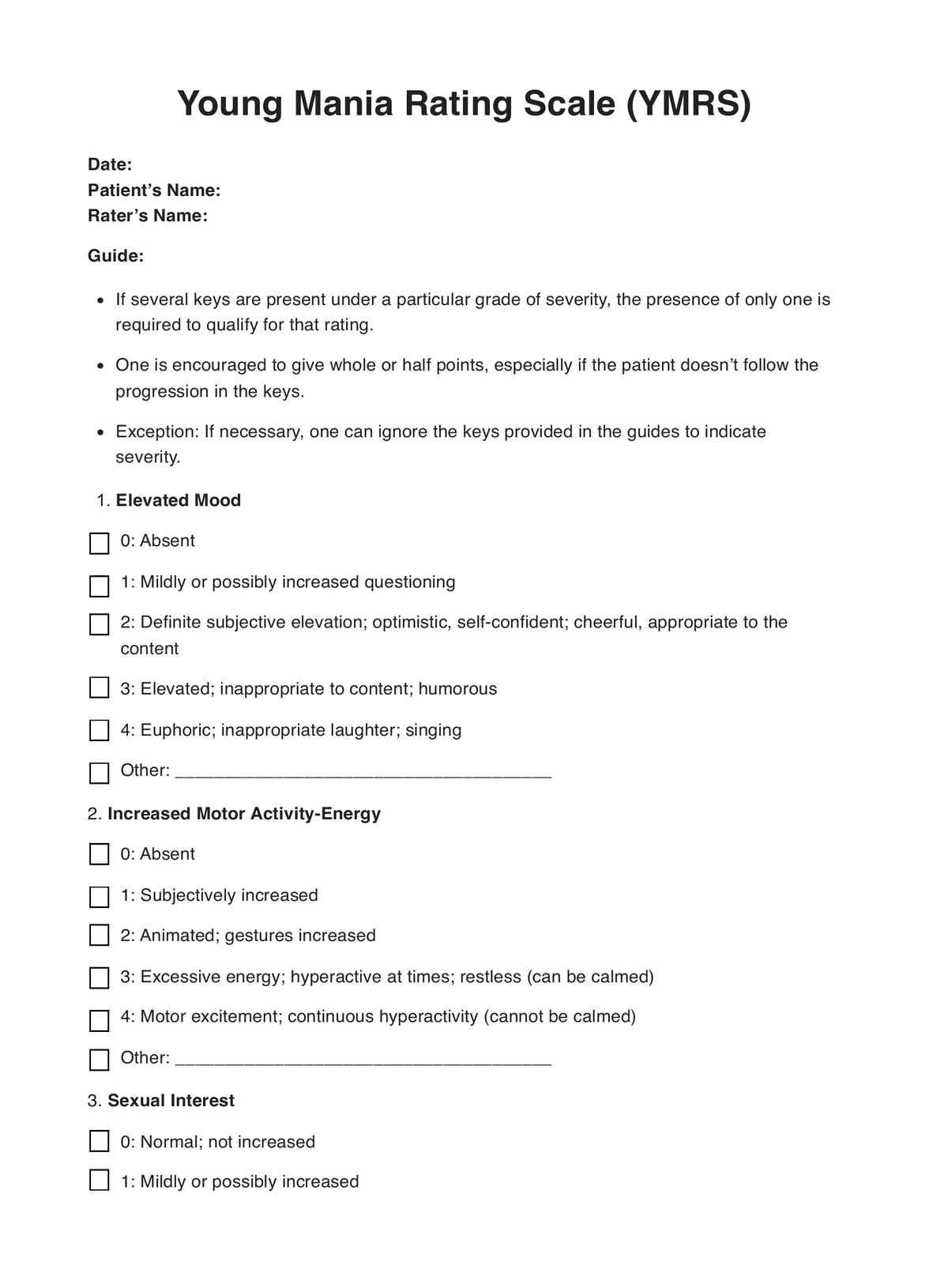Gottman Repair Checklist
Download the Gottman Repair Checklist Template to help clients enhance communication and make effective repair attempts.


What is a Gottman Repair Checklist?
Repair is considered a secret weapon of emotionally connected couples. A Gottman Repair Checklist can then be a practical guide for couples in making repair attempts and seeking to navigate difficult conversations.
Comprising various categories such as "I feel," "I'm sorry," "Get to yes," "I need to calm down," "Stop action," and "I appreciate," the checklist consists of specific phrases tailored to address different aspects of communication (Brittle, 2024).
The purpose is to provide couples with a structured framework during challenging discussions. When faced with potential conflict, partners can refer to the checklist to identify which phrases may be most effective in diffusing tension and promoting understanding.
Managing conflict is included in the Gottman method's nine essential components for building and maintaining healthy relationships. Incorporating practical tools like the Repair Checklist then aims to equip couples with practical strategies to enhance communication, manage conflicts, and strengthen their emotional connection.
The Gottman Repair Checklist is a valuable resource that empowers clients in couples therapy to engage in constructive communication during challenging moments. By fostering effective dialogue and promoting understanding, the checklist contributes to the overarching goal of the Gottman Method – helping couples build and sustain thriving, resilient relationships.
Gottman Repair Checklist Template
Gottman Repair Checklist Example
How does our Gottman Repair Checklist PDF work?
The Gottman Repair Checklist serves as a practical communication tool designed to help couples navigate conflicts and repair relationship ruptures effectively. The following are steps to follow to make the most out of this tool in your therapy practice.
Step 1: Access the checklist
Click on "Use template" to open this resource within the Carepatron app, where you can edit it before printing or sending it to clients. You can also click on "Download" for a fillable PDF.
Step 2: Identification of triggering situations
During a session, couples initiate the process by identifying situations or topics that may lead to conflicts or heightened emotions within their relationship. Ensure that you are in a conducive environment or you have established a safe space where they can be open. This step is crucial for anticipating and addressing potential sources of tension.
Step 3: Category and phrase selection
Within the checklist, couples are prompted to choose a relevant communication category from options such as "I feel", "I'm sorry", "Get to yes", "I need to calm down", "Stop action", or "I appreciate". Within the selected category, they choose and tick phrases that best express their emotions or intentions in the given context.
Step 4: Verbal expression
Couples are encouraged to articulate their thoughts, emotions, or apologies using the chosen phrases during the conversation. Emphasizing "I feel" statements is particularly highlighted as an effective means of expression.
Step 5: Acknowledgment and response
Partners actively engage in acknowledging and responding to each other's selected phrases. This step fosters mutual understanding and validation, promoting empathy and connection.
Step 6: Reflect and reassess
After the conversation, prompt couples to take time for reflection. This involves assessing the chosen phrases' effectiveness and reevaluating the interaction's emotional tone. This reflective practice contributes to improving communication dynamics and conflict resolution strategies.
When to use this checklist?
The Gottman Repair Checklist serves as a structured communication tool for couples experiencing relationship difficulties. While initially developed for therapeutic settings, its applications extend to various relationship scenarios where partners need support in expressing their needs and resolving conflicts constructively.
During escalating conflicts
When couples find themselves in heated discussions that show signs of escalation, the checklist provides immediate, practical phrases to pause the interaction. The "Stop action" and "I feel" sections offer specific language for partners to express their need for a break or share their emotional experience without amplifying tension.
After communication breakdowns
The checklist becomes particularly valuable in the aftermath of difficult interactions. The "Sorry" section provides concrete ways to acknowledge responsibility and express remorse, while the "Get to yes" section offers pathways to reconciliation.
During relationship maintenance
Regular use of the checklist shouldn't be limited to times of conflict. Partners can proactively incorporate these repair phrases during routine conversations to strengthen their communication patterns. The "I appreciate" section, for instance, helps couples maintain positive sentiment override by regularly expressing gratitude and understanding, even during minor disagreements or daily interactions.
In recovery periods
When couples are working to rebuild trust or recover from significant relationship challenges, the checklist provides a foundation for new communication patterns. The structured nature of the tool helps partners who might feel uncertain about how to express themselves, offering clear, constructive language options that support the healing process.
Reference
Brittle, Z. (2024, June 26). R is for repair. The Gottman Institute. https://www.gottman.com/blog/r-is-for-repair/
Commonly asked questions
The Gottman repair phrases are specific statements designed to de-escalate conflicts and foster reconciliation between partners. These phrases can include: expressing feelings (e.g., "I feel overwhelmed right now"), apologizing (e.g., "I’m sorry for my reaction"), finding common ground (e.g., "I see your point"), and requesting a pause (e.g., "Can we take a break?").
A repair attempt is defined as "any statement or action—silly or otherwise—that prevents negativity from escalating out of control." This concept emphasizes the importance of addressing conflicts early and creatively, allowing couples to maintain a constructive dialogue rather than letting arguments spiral into destructive patterns. Successful repair attempts can significantly enhance communication and emotional connection in relationships.
To repair after a conflict with a spouse, it is crucial to engage in open and honest communication while utilizing Gottman's repair phrases. Start by acknowledging the issue and expressing your feelings without placing blame, then offer a sincere apology if necessary. It’s also helpful to suggest taking a break if emotions are running high, allowing both partners time to cool down. Finally, reaffirm your commitment to the relationship by expressing appreciation or love, which can help restore emotional intimacy and move the conversation toward resolution.


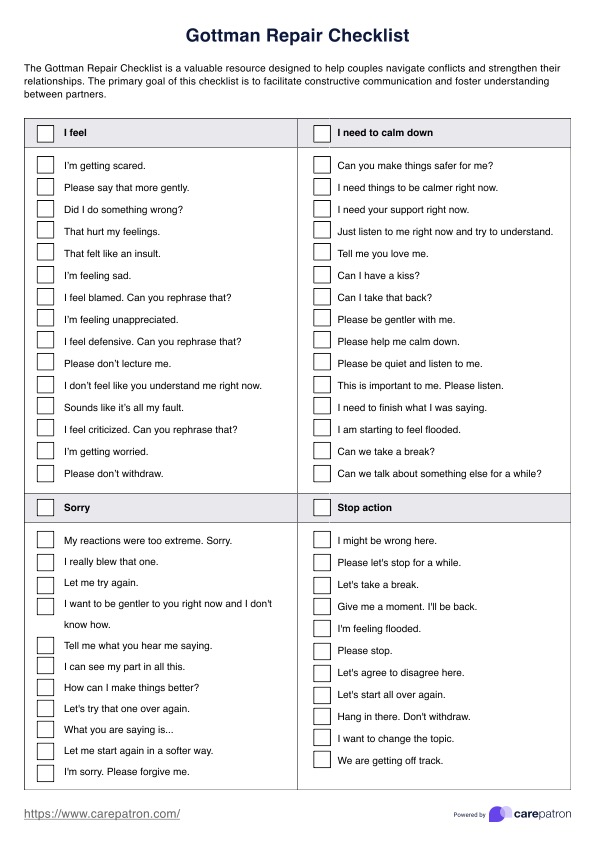
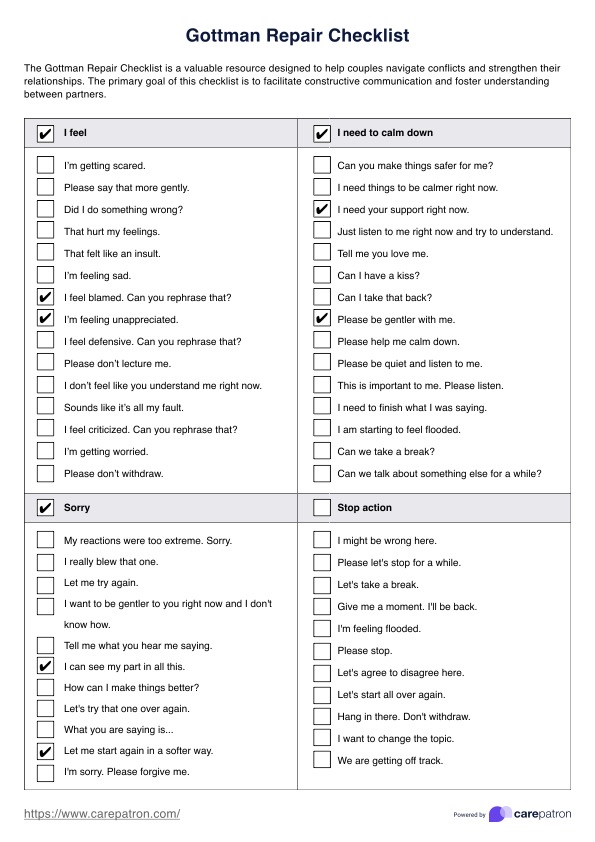
















-template.jpg)


